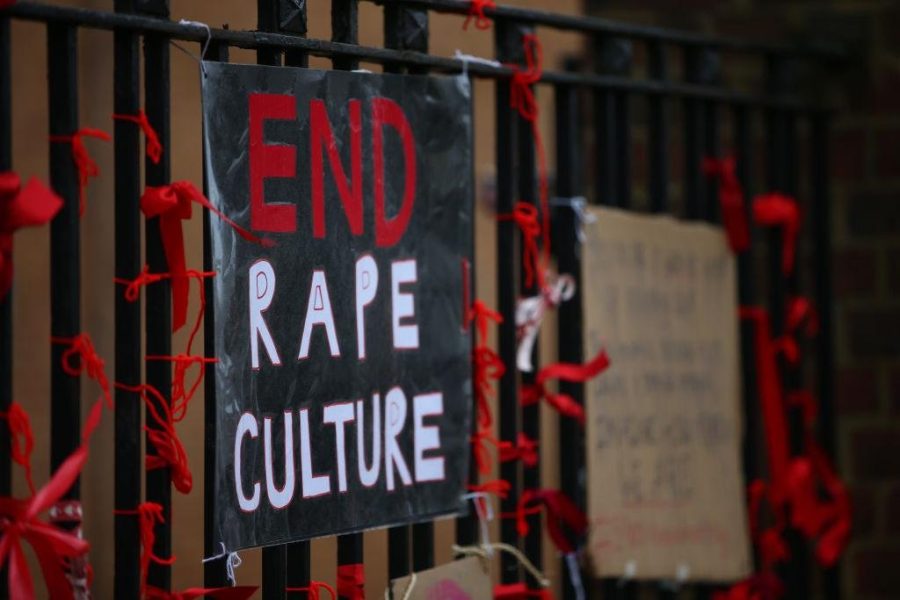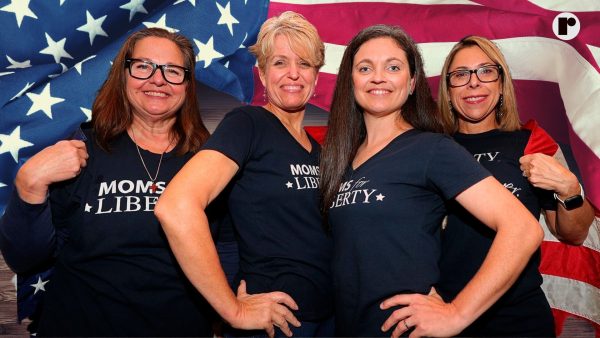The U.S. does not rate high for its treatment of women
“Women don’t know how good they have it in this country.”
“Women are equal now; stop whining.”
“Men are afraid to even talk to women.”
These comments are just a few examples that highlight the epidemic of rape culture in our country, and in our schools.
CEO Magazine compiled a list based on the treatment in all of the countries in the world. The United States is rated number 15, which is definitely not close to the top of that list, where many would expect a country who has advanced and grown so much in its past. This list is based on statistics relating to economic disparity, violence and criminal acts against women, and unemployment rates
The notion that female students face sexism on a daily basis is frequently ignored. As a society we have normalized sexual assault; this must be opposed. Rape is rooted in school culture and has become a systemic problem. It can even be connected to school dress codes and non consensual touching in school hallways.
The Everyone’s Invited campaign, founded in June of 2020, recently brought this reality to light. This campaign was created to combat rape culture and sexual violence in the educational system, and there have been over 5,800 reports of sexual assault and harassment as of April 2021.
The campaign has produced testimonials linking numerous well known private high schools to the issue, challenging the ‘normal’ that many had previously accepted. The stories range from students being forced to share obscene photos online, to accounts of assault, rape, and ‘stealthing,’ which is the act of removing condoms without consent.
Rape culture, according to the Everyone’s Invited initiative, is defined as “when thoughts, behaviors, and attitudes in a society or environment have the effect of normalizing and trivializing sexual violence,” and “behaviors like misogyny, slut shaming, victim blaming, and sexual harassment create an environment where sexual violence and abuse can exist and thrive.” All of the mentioned experiences are intertwined: misogyny and sexism cannot go unaddressed in school, since such normalization is ultimately disturbing and dangerous.
The recent statements induced by The Initiative has ultimately now lead people to question how do institutions tackle rape culture in the long run? Whilst it is imperative that perpetrators of sexual assault and harassment face adequate consequences for their actions, to solve the issue a more profound recognition of rape culture is necessary.
We have not yet written an effective sex education curriculum for men. The current curriculum has yet to grasp the varying levels of of consent, and the role technology as well as social media play in generating rape culture. The social side of sex must be addressed, this should include discussions around intangible ‘grey areas’ such as pressure and power dynamics. A group of schools in London are now discussing how to revise their PSHE curriculum. This is necessary and should be instituted on a wider level, as The National Education Union (NEU) has recommended.
According to Johns Hopkins University Press, Simone De Beauvoir, a French writer, political activist, feminist, and social theorist, theorized that women are fundamentally oppressed by men, as they are characterized as the Other.
The school curriculum exemplifies Beauvoir’s thesis by reinforcing as well as teaching the idea of men as essential and predominant. In 2018, Mary Bousted, the joint secretary of the NEU, criticized the nation’s educational curriculum for failing to include enough black and female writers. Specifically, the English curriculum is disproportionately dominated by men, and much of the sexist male behavior and violence within key texts are also not addressed enough.
Simone De Beauvoir theory also revealed that recognizing males as the default is highly problematic as it allows women to be continuously objectified and labeled as the “other” in relation to men. This furthermore exemplifies the profound amount of rape culture in the education system and shows how unnoticed it goes by our schools faculty and staff.

I am a senior and I want to become a Physician's Assistant. I am taking Journalism because I like writing about current news and interviewing others to...












